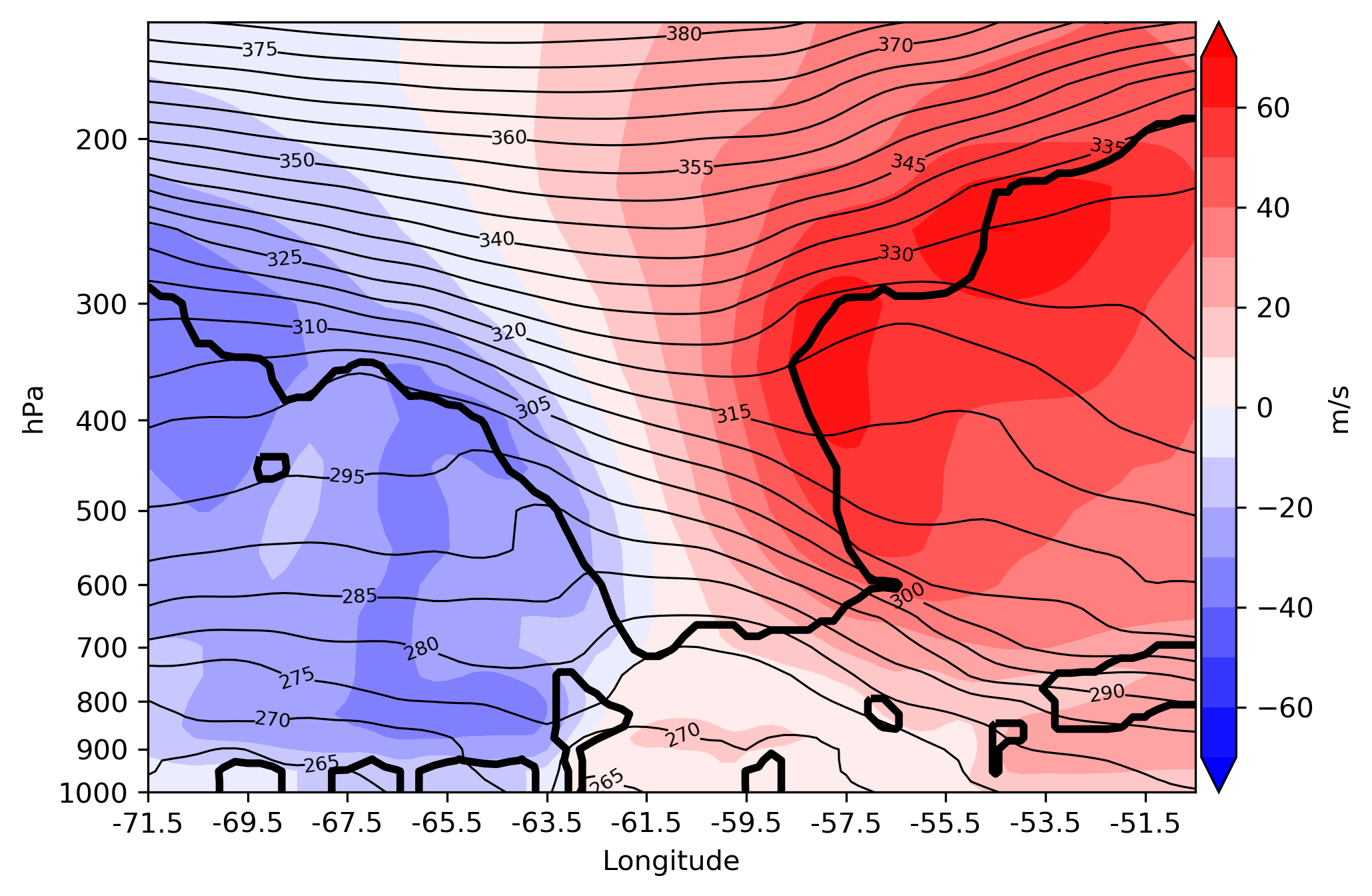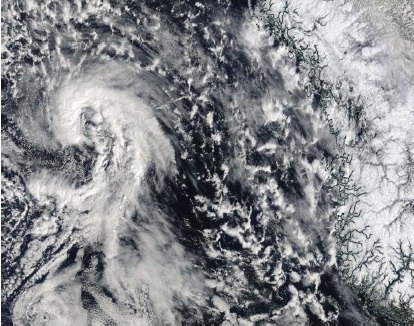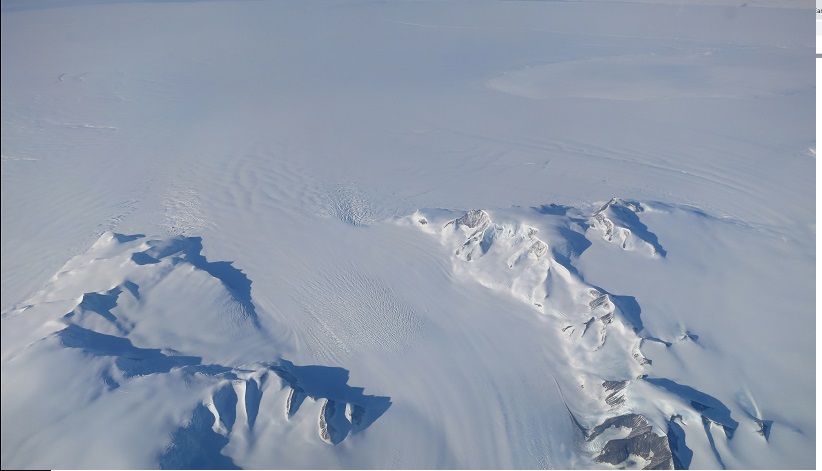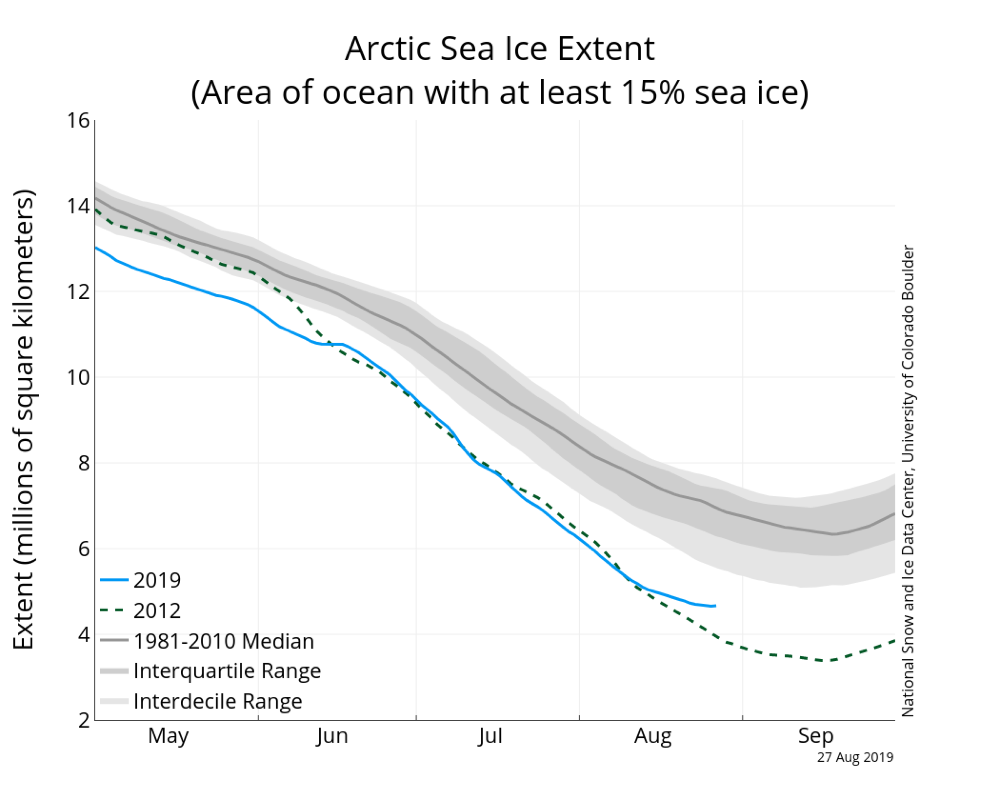Tropopause Polar Vortices

Tropopause Polar Vortices (TPVs) are coherent vortices that occur north and away from the midlatitude jet stream. These features are based on the tropopause and play a crucial role in Arctic weather patterns.
Our research investigates several key questions: How do TPVs interact with sea ice and influence Arctic weather? What role do they play in weather predictability? Understanding these connections is essential for improving forecast skill in high-latitude regions.
Arctic Cyclones

Arctic cyclones are synoptic-scale cyclones that are present poleward of 60°N latitude. Summer is a unique season for Arctic cyclones as they are more numerous and more frequently generated within the Arctic, often forming when a TPV moves over the Arctic Frontal Zone or over marginal sea ice regions.
During winter, Arctic cyclones are less frequent and most often move into the Arctic from midlatitudes. Fundamental questions exist regarding their large horizontal scale (reaching up to 5000 km) and long lifetimes (up to several weeks), which contrasts with theory given the large planetary vorticity of high latitudes.
Our research explores different viewpoints on the dynamics of these systems, with some studies suggesting that intensifying Arctic cyclones have a sustained equivalent barotropic structure for extended periods with vertical alignment between the surface low and TPV.
Antarctic Ensemble Data Assimilation

Our group utilizes ensemble data assimilation techniques to help build our understanding of the processes that are represented in numerical models and improve the capability of numerical weather prediction.
The Antarctic is of particular interest to our group since it is the most data-sparse region of the globe. By applying advanced data assimilation methods, we can better constrain model forecasts and gain insights into the fundamental dynamics of Antarctic weather systems.
Sea Ice Dynamics

The Arctic provides favorable conditions for the growth and evolution of Tropopause Polar Vortices (TPVs). The dynamics of TPVs lead to surface cyclone development, which in turn plays a significant role in the dynamics of Arctic sea ice.
Understanding these atmosphere-ice interactions is crucial for improving our ability to predict both short-term weather events and longer-term changes in the Arctic climate system. Our research examines the feedback mechanisms between atmospheric circulation patterns and sea ice distribution.
Publications & Resources
Featured Publication
Radiative Impact on Tropopause Polar Vortices over the Arctic
DOI: 10.1175/MWR-D-11-00182.1